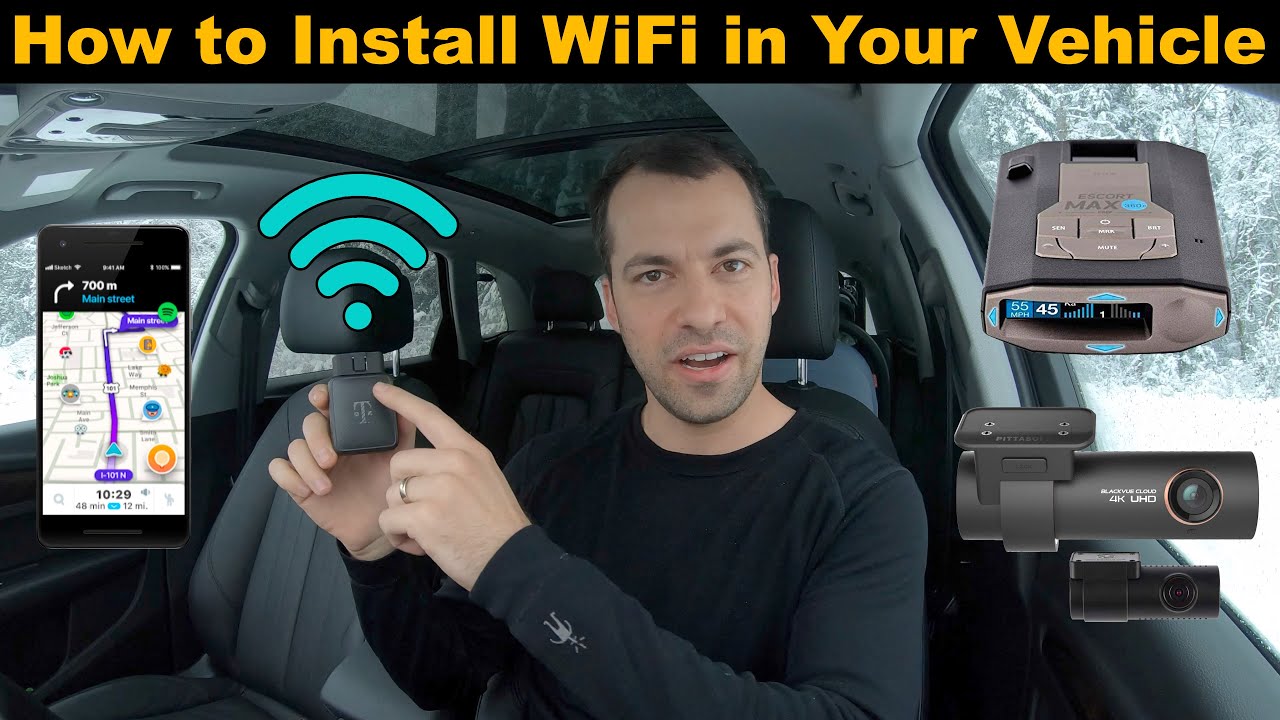How To Get Internet In Your Car

Getting Connected: Internet in Your Car - A DIY Guide
So, you want to turn your car into a mobile hotspot? Excellent! In today's connected world, having internet access on the road is no longer a luxury, it's often a necessity. This article will guide you through the various methods of getting your car online, from simple plug-and-play solutions to more advanced, customized setups. We'll break down the jargon and give you the technical understanding needed to make informed decisions and potentially even build your own in-car internet solution.
Purpose: Why Connect Your Car?
The reasons for wanting internet in your car are numerous. Passengers can stream movies, play games, or work remotely. Drivers can benefit from real-time traffic updates, improved navigation, and access to cloud-based vehicle diagnostics. For modders and DIY mechanics, having a reliable internet connection can be invaluable for accessing online repair manuals, troubleshooting forums, and downloading software updates for your vehicle's ECU (Engine Control Unit) or other onboard computers. This article aims to equip you with the knowledge to understand the different options and implement them safely and effectively.
Key Specs and Main Parts
Before we dive into the how-to, let's cover the key components and specifications you'll encounter:
- Cellular Data: This is the foundation of most in-car internet solutions. You'll need a data plan from a mobile carrier (e.g., Verizon, AT&T, T-Mobile). Consider your data usage needs – streaming video eats up data quickly!
- Mobile Hotspot: A device that shares a cellular data connection with multiple devices via Wi-Fi. This can be a dedicated hotspot device, a smartphone with hotspot capability enabled, or an integrated in-car system.
- In-Car Router/Modem: A more robust solution offering better performance, range, and often more advanced features like VPN support and external antenna connections. Look for routers that support automotive power input (typically 12V DC) and have a wide operating temperature range.
- Wi-Fi Antenna: A crucial component for broadcasting the internet signal within the car. Most routers have an internal antenna, but for better range and signal strength, consider an external antenna.
- Cellular Antenna: Improves the cellular signal reception, especially in areas with weak coverage. External antennas, mounted on the roof or rear window, generally provide the best performance. Gain (measured in dBi) is a key spec here – higher gain means better signal amplification.
- Power Supply: How you power your in-car internet setup is critical. You'll need a stable 12V DC power source, either from the cigarette lighter/accessory outlet or a direct connection to the car's battery. A fuse is essential for safety.
- Cables and Connectors: RG58 or LMR400 coaxial cables are commonly used for connecting antennas. Make sure you use the correct connectors (SMA, N-type, etc.) to match your devices.
How It Works: Three Common Approaches
There are primarily three ways to get internet in your car. Let's look at each:
- Smartphone Hotspot: The simplest option. Enable the hotspot feature on your smartphone, and other devices can connect to it via Wi-Fi.
Pros: Easy to set up, no extra hardware required. Cons: Drains phone battery, can be unreliable, limited range.
- Dedicated Mobile Hotspot Device: A small, portable device solely for creating a Wi-Fi hotspot using a cellular connection.
Pros: Longer battery life than a smartphone hotspot, often better performance. Cons: Requires a separate data plan, another device to carry.
- In-Car Router/Modem: A more advanced and permanent solution, offering the best performance and features. This typically involves installing a router/modem in the car, connecting it to an external antenna, and powering it from the car's electrical system.
Pros: Excellent performance, reliable connection, wider range, VPN support, external antenna options. Cons: More complex installation, higher cost.
For a more in-depth look, consider the following schematic of an in-car router/modem setup:
